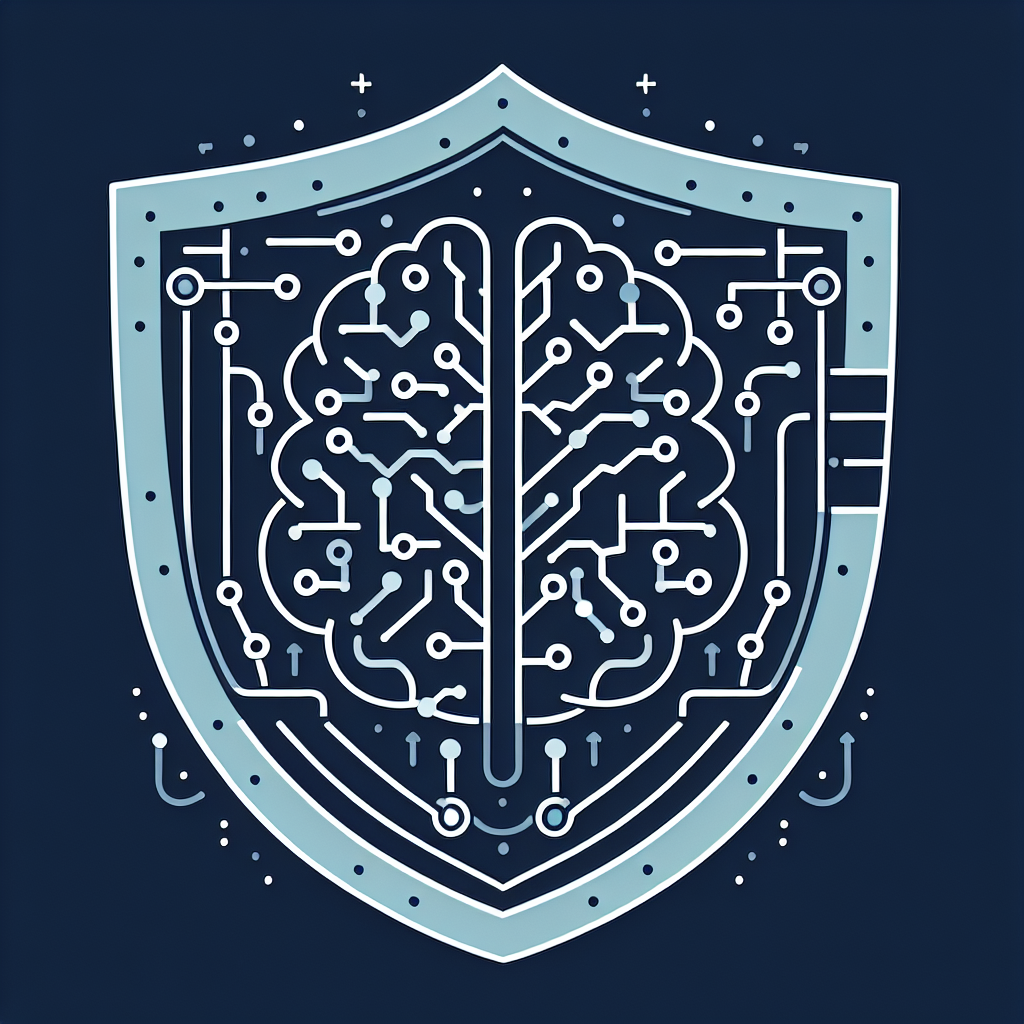In today’s digital world, cybersecurity risk management has become a critical aspect of protecting organizations from cyber threats. With the increasing complexity and sophistication of cyber attacks, traditional methods of managing cybersecurity risks are no longer sufficient. This is where artificial intelligence (AI) comes into play, offering advanced capabilities to help organizations better identify, assess, and mitigate cybersecurity risks.
AI-driven approaches to cybersecurity risk management leverage the power of machine learning and data analytics to detect patterns and anomalies in network traffic, identify potential vulnerabilities, and predict potential cyber threats before they occur. By harnessing the power of AI, organizations can proactively defend against cyber attacks and minimize the impact of security breaches.
One of the key benefits of AI-driven cybersecurity risk management is its ability to continuously learn and adapt to new threats. Traditional cybersecurity solutions rely on predefined rules and signatures to detect and prevent cyber attacks, which can easily become outdated as cyber criminals develop new techniques and tactics. AI, on the other hand, can analyze vast amounts of data in real-time to identify emerging threats and adapt its defenses accordingly.
AI-driven approaches to cybersecurity risk management can also help organizations automate routine security tasks, freeing up cybersecurity professionals to focus on more strategic initiatives. By leveraging AI-powered tools to automate tasks such as threat detection, incident response, and vulnerability management, organizations can improve their overall security posture and reduce the risk of human error.
Furthermore, AI-driven cybersecurity risk management can provide organizations with greater visibility into their security posture, allowing them to identify potential vulnerabilities and prioritize remediation efforts. By analyzing network traffic, user behavior, and system logs, AI can help organizations uncover hidden threats and weaknesses in their security defenses, enabling them to take proactive steps to mitigate risks before they are exploited by cyber criminals.
Despite the many benefits of AI-driven cybersecurity risk management, there are also challenges and limitations to consider. For example, AI-powered tools can generate a large number of false positives, which can overwhelm security teams and lead to alert fatigue. Additionally, AI algorithms may not always be transparent or easily interpretable, making it difficult for organizations to understand how decisions are being made and to trust the accuracy of AI-generated insights.
To address these challenges, organizations can implement a hybrid approach to cybersecurity risk management that combines AI-driven tools with human expertise. By leveraging AI to automate routine tasks and provide actionable insights, while also empowering cybersecurity professionals to make informed decisions based on their expertise and experience, organizations can achieve a more effective and efficient approach to managing cybersecurity risks.
In conclusion, AI-driven approaches to cybersecurity risk management offer organizations a powerful tool to defend against cyber threats and protect their sensitive data. By leveraging the capabilities of AI to detect, analyze, and respond to security incidents in real-time, organizations can strengthen their security defenses, improve their incident response capabilities, and reduce the risk of costly data breaches. As cyber threats continue to evolve and become more sophisticated, AI-driven cybersecurity risk management will play an increasingly important role in helping organizations stay ahead of the curve and secure their digital assets.
FAQs:
Q: How does AI help in cybersecurity risk management?
A: AI helps in cybersecurity risk management by leveraging machine learning and data analytics to detect patterns and anomalies in network traffic, identify potential vulnerabilities, and predict potential cyber threats before they occur. By continuously learning and adapting to new threats, AI can help organizations proactively defend against cyber attacks and minimize the impact of security breaches.
Q: What are the benefits of AI-driven cybersecurity risk management?
A: The benefits of AI-driven cybersecurity risk management include improved threat detection and response capabilities, automation of routine security tasks, greater visibility into security posture, and the ability to prioritize remediation efforts. AI-powered tools can also help organizations reduce the risk of human error and stay ahead of emerging cyber threats.
Q: What are the challenges of AI-driven cybersecurity risk management?
A: Some of the challenges of AI-driven cybersecurity risk management include the potential for generating false positives, alert fatigue, lack of transparency in AI algorithms, and the need for human expertise to interpret and act on AI-generated insights. Organizations must carefully balance the benefits of AI with the limitations and challenges of implementing AI-driven cybersecurity solutions.
Q: How can organizations overcome the challenges of AI-driven cybersecurity risk management?
A: Organizations can overcome the challenges of AI-driven cybersecurity risk management by implementing a hybrid approach that combines AI-powered tools with human expertise. By leveraging AI to automate routine tasks and provide actionable insights, while empowering cybersecurity professionals to make informed decisions based on their expertise, organizations can achieve a more effective and efficient approach to managing cybersecurity risks.

